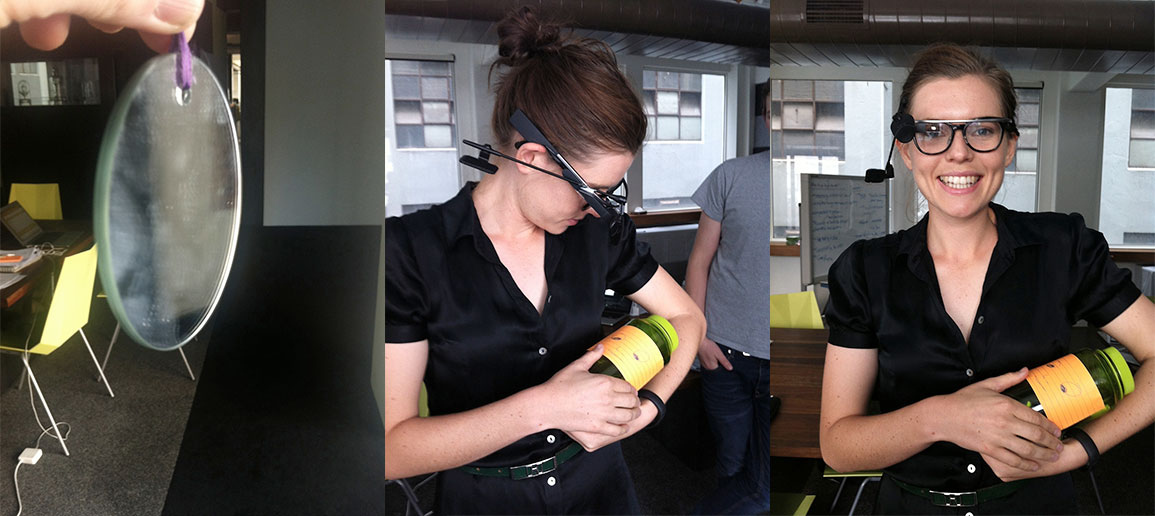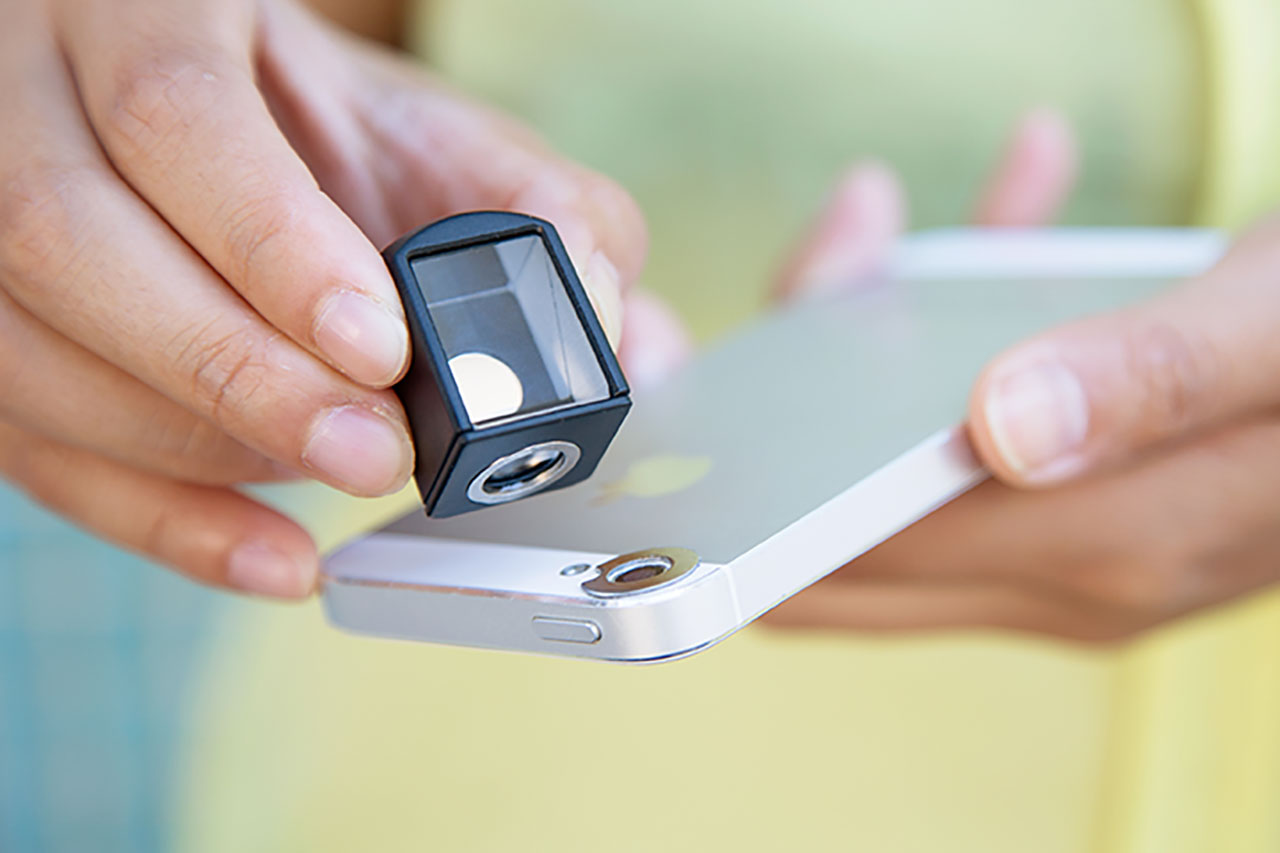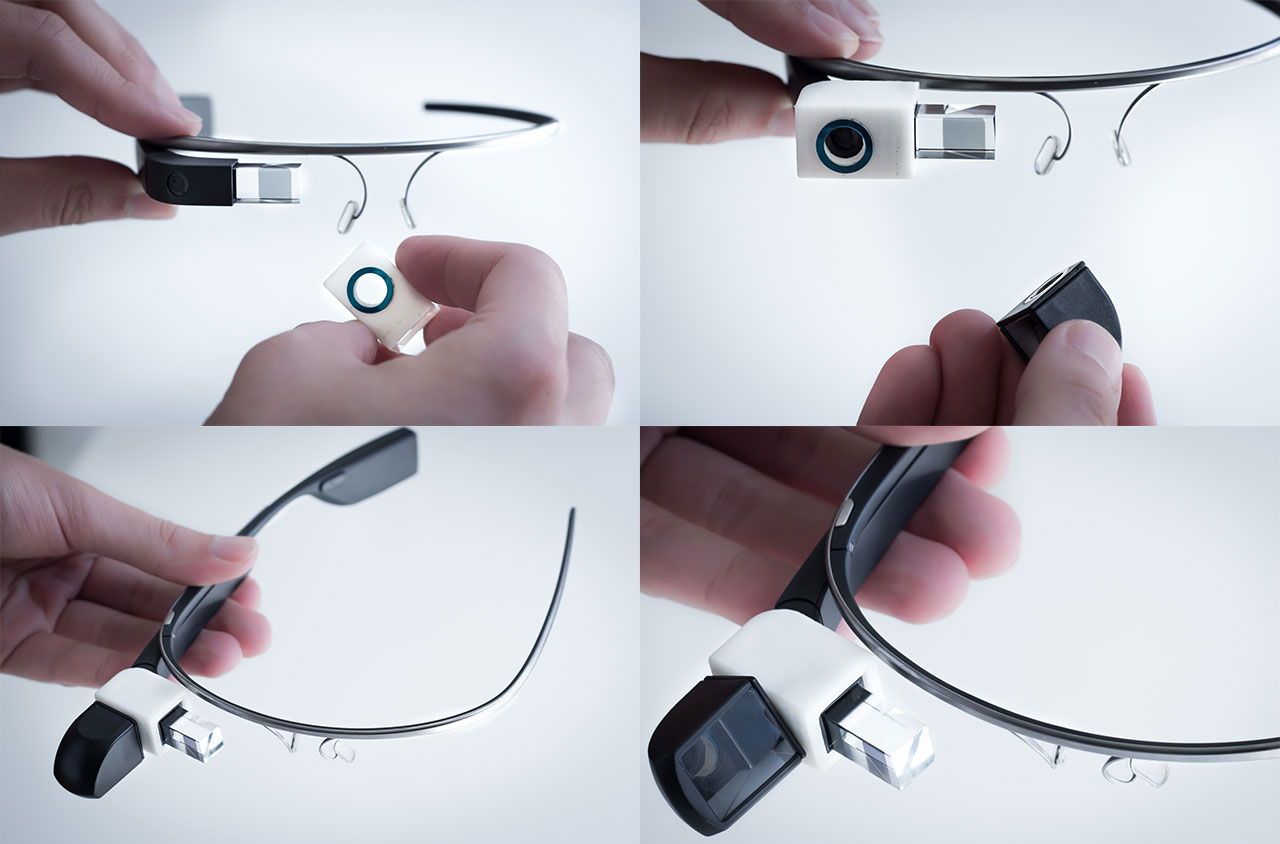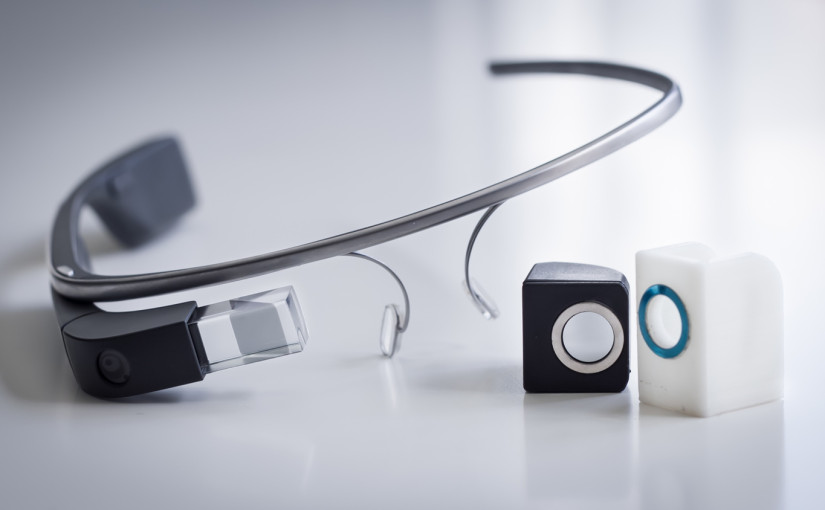The team has been busy working through all the practicalities of creating a program to support breastfeeding in Australia using Google Glass. Why did we choose this as our first Glass project? You need both hands to hold a baby to breastfeed, its highly personal, difficult to do and almost every mother we spoke to said they had trouble and needed more support.
One of our investors and Board members summed it up with this quote:
The thing about this which I love is that you are using technology to improve peoples’ lives. I remember with all 3 of my kids, I had terrible trouble breastfeeding and I remember just sitting there alone, sleep deprived, bleeding nipples, crying, wishing someone could just come and help me. I rang a lactation consultant, they couldn’t come for 4 days and when she did she never followed up. I am so happy this is what you are working on it. – Gretchen Hart
Our first task was to meet with the Australian Breastfeeding Association (the subject knowledge experts) and see if they were interested in collaborating with us on a project. They visited our Melbourne studio on the 25th of November, tried Glass first hand and were really excited by the possibilities the new technology offered. They receive 7,000 support calls a month and helping mothers with just verbal descriptions can be difficult. Live video footage would be an incredible resource to the dedicated counselors.
The Australian Breastfeeding Association is celebrating its 50th anniversary in 2014 and their important work is just as relevant to today’s millennial mum as it was to the baby boomer mothers during the 1960s. Using new technology the Association will continue to support women breastfeeding for the next 50 years.
The biggest challenge facing the project so far has been the Glass camera and its filming angle. Designed to capture what viewer sees, it looks forward, which doesn’t match the line of sight of a breastfeeding mother. Our best hacking skills were put to the test on how to solve this tricky little problem.

Firstly we started out thinking about mirrors, a budgie mirror to be exact.
This solved the problem by reflecting the camera lens view back to the breast, however it wasn’t hands free or easy to use. Our next challenge was to create a hands-free version of the idea. One of the team members suggested a bike mirror.
Attaching the bike mirror to Glass worked but looked awkward and needed manual adjusting to film at the correct angle. The mirror size was too small showing some of the background and resulting in messy video footage.
After thinking about it for a day, someone suggested a small rotating camera device that was built for a smartphone. We found a San Francisco-based company Photojojo with a range of devices that were potentially suitable just around the corner from our studio. We popped in for a visit, tested a few lenses and discovered Smartphone Spy Lens.

This solved a few of our problems; you can adjust the lens easily using the magnetic attachment and ascetically it nicely matched Glass. However due to the curved surface on Glass, we now needed a way to join the two without damaging either, or weighing down the device, all the while remaining true to our easy, hands-free vision for mothers.
We contacted our friends at RMIT University’s School of Architecture and Design to assist us with the design hack. After a quick consultation, we knew the best method was to create a removable mount to join the two. RMIT agreed to help us create the attachment with their expertise and facilities in rapid prototyping and industrial design. The result is a 3D printed, custom-fitted mount to join Glass and the Photojojo Spy Lens. The mount slides easily over the lens on Glass. It’s feather light and does not obstruct the holographic screen.

Delighted with this elegant solution, Small World is still working hard to develop our Glass application. Should you or your organisation have any suggestions about our design problem, we would love to hear from you.
The Small World Team.




